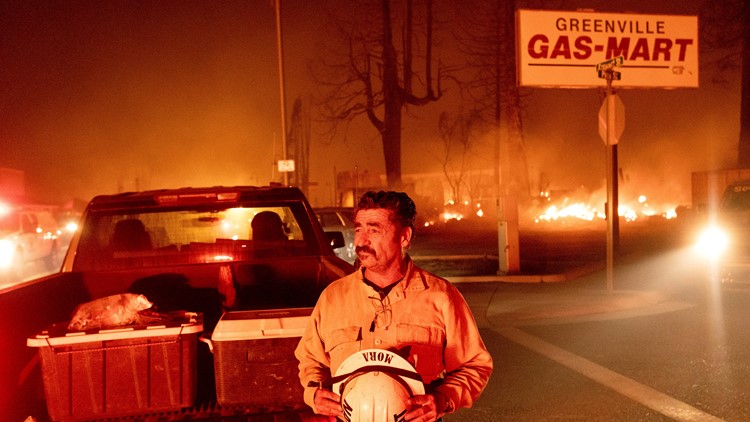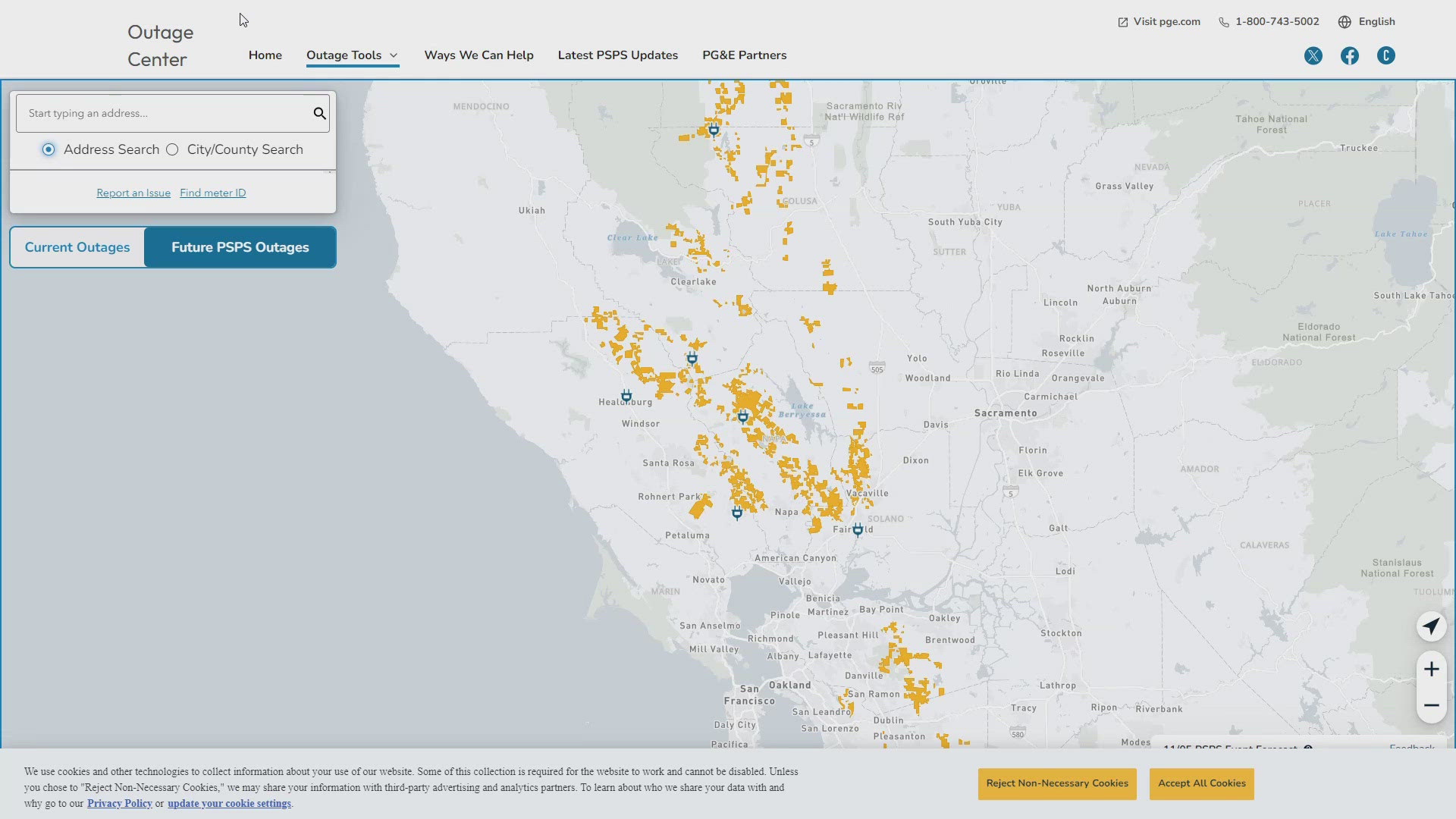CALIFORNIA, USA — Wildfires often become known by a name. How that name originates is often a combination of a dispatcher or fire official and the area where a fire starts.
Most of the time, dispatchers designate a name for the fire as they send the first resources to the wildfire. However, engines and fire officials that arrive to the scene also have the ability to give the fire its name.
Fires are often named after the area where they start. Dispatchers or fire officials use a geographical location, a local landmark, a street, a lake, a mountain, or a peak to name the fire.
These names make a difference for fire personnel because they provide an additional locator for the fire and allow them to track and prioritize events by name.
►Stay in the know! Sign up now for the Daily Blend Newsletter
WILDFIRE PREPS
If you live in a wildfire-prone zone, Cal Fire suggests creating a defensible space around your home. Defensible space is an area around a building in which vegetation and other debris are completely cleared. At least 100 feet is recommended.
The Department of Homeland Security suggests assembling an emergency kit that has important documents, N95 respirator masks, supplies to grab with you if you’re forced to leave at a moment’s notice. The agency also suggests signing up for local warning system notifications and know your community’s evacuation plans best to prepare yourself and your family in cases of wildfires.
Some counties use Nixle alerts to update residents on severe weather, wildfires, and other news. To sign up, visit www.nixle.com or text your zip code to 888777 to start receiving alerts.
PG&E customers can also subscribe to alerts via text, email, or phone call. If you're a PG&E customer, visit the Profile & Alerts section of your account to register.
ABC10: Watch, Download, Read
Watch more from ABC10
California Wildfires: Retired Cal Fire director talks wildfires, forest management, and more





















